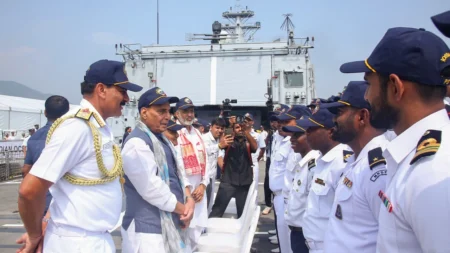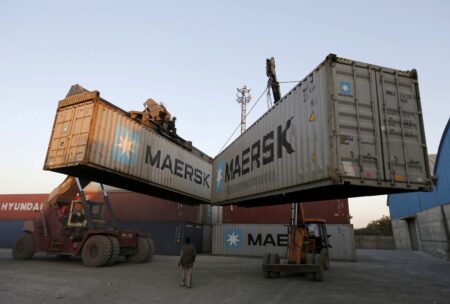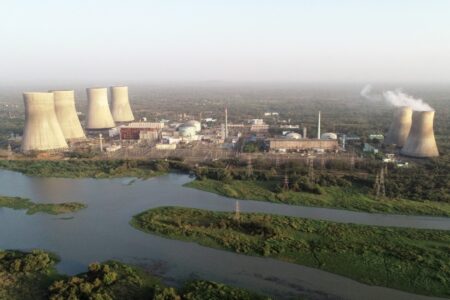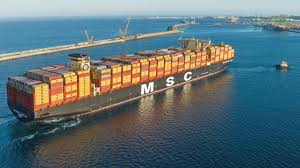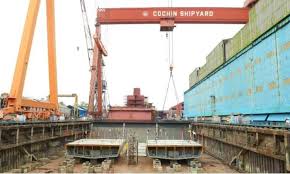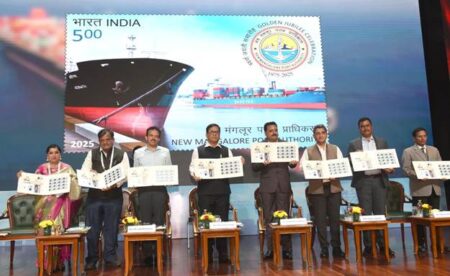Uttar Pradesh sees a surge in waterway infrastructure with projects worth ₹850+ crore to cut logistics costs and boost tourism.
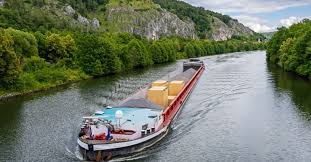
In a transformative push to revolutionise logistics and tourism in Uttar Pradesh, the Inland Waterways Authority of India (IWAI) has completed and is executing a slew of infrastructure projects worth over ₹850 crore. These projects aim to make inland water transport (IWT) a viable, eco-friendly, and cost-effective mode across the state.
The completed projects include the flagship Multimodal Terminal at Varanasi (₹182.33 crore), 11 community jetties across Varanasi, Chandauli, Ghazipur, and Ballia (₹17 crore), and two electric catamarans deployed in Varanasi and Ayodhya (₹25.6 crore). Also notable are two jetties in Ayodhya and a hydrogen fuel cell vessel at Varanasi, taking the total completed investment to ₹251.55 crore.
Currently, projects worth over ₹600 crore are in progress. These include fairway developments from Majhauwa to Ghazipur and onwards to Varanasi (₹181.62 crore), a River Cruise Terminal (₹200 crore), and a Regional Centre of Excellence at Varanasi (₹150 crore). Other initiatives involve dredging operations between key ghats in Ayodhya and Mathura, jetty installations in Ballia and Ghazipur, and the creation of a ship repair facility (₹50 crore).
One of the most impactful developments is IWAI’s acquisition of 75 acres in Chandauli district to build a freight village adjacent to the Varanasi multimodal terminal. This logistics hub is expected to generate employment, reduce city road congestion, empower local MSMEs and farmers, and strengthen the state’s storage and transport network.
The government has addressed key challenges such as inadequate terminal infrastructure and fairway depth through sustained dredging, bundalling, and jetty construction.
Union Minister of Ports, Shipping, and Waterways, Shri Sarbananda Sonowal, shared these details in a written reply to the Lok Sabha, emphasising the government’s commitment to transforming Uttar Pradesh’s waterways into a thriving economic and sustainable transport corridor.
Source: PIB






